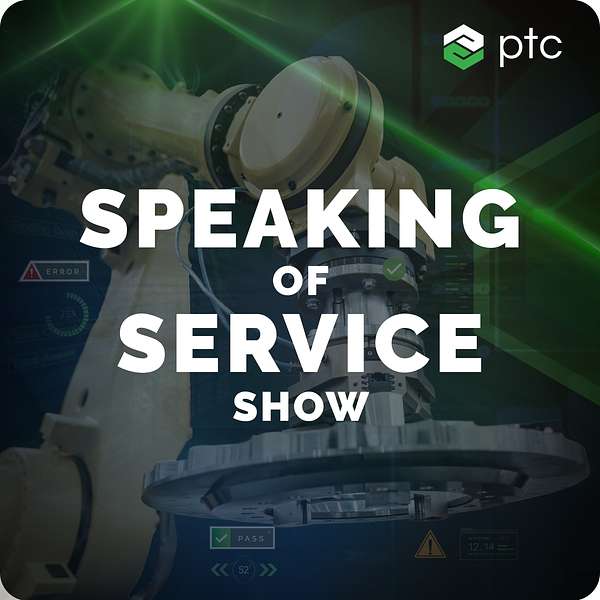
Speaking of Service
Speaking of Service uncovers practical ways to grow service revenue, control costs, and improve customer satisfaction. If you’re looking to innovate, gain a competitive edge, or just learn about the latest service trends, you’ve come to the right place! Also check: www.ptc.com/speakingofservice
Speaking of Service
Leading Successful Smart Connected Product Initiatives
Learn how to leverage your connected data and simultaneously apply three key methods of prediction to your service strategy
Implementing a successful smart connected product strategy has its own challenges and pitfalls. The good news, navigating those challenges with a well thought out strategy will be the key to success.
Today, Chris MacDonald, head of AI & Analytics speaks with Anthony Moffa, Senior Director of smart connected products at PTC to discuss how to successfully navigate these hurdles at the beginning or during a transformation process and how to use lessons learned to improve performance and outcomes.